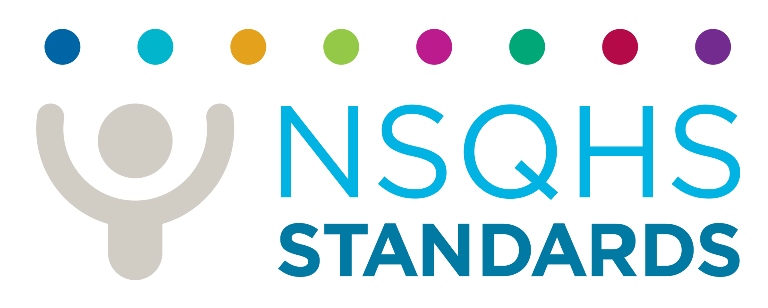Communicating when critical information emerges or changes
Critical information is information that has a considerable impact on a patient’s health, wellbeing or ongoing care (physical or psychological). The availability of critical information may require a clinician to reassess or change a patient’s comprehensive care plan.
Emerging or new critical information can occur outside formal clinical handover, and for timely action to occur, information must be communicated to the right person (that is, a clinician who can make decisions about care) and documented to ensure patient safety.
Key messages
Communication strategies
Other relevant strategies for communicating critical information are available under other touchpoints in the portal:
Why is it important?
Critical information can arise at any point during a patient’s care. This can include clinical and non-clinical information.
Timely and effective communication of critical information to the appropriate person (or people) is essential to ensuring patient safety and the delivery of the right care. It is known that failure to communicate, or poor communication, of critical information can result in failure to rescue, inappropriate treatment, care that does not align with the patient’s goals or preferences, and poor coordination of care.







